Last Updated on 4 months
Best All-Terrain Tires 2025: Your Ultimate Guide to Off-Road Excellence
Traveling overland off-road requires more than just obtaining a robust machine; it requires all-terrain tires that can actually fly over what is thrown in their direction. The critical importance of selecting a suitable all-terrain is highlighted. It gives overviews of capacities, which guarantee the possibility of owning confidence- and safety-giving potential to pass over off-road landscapes, which is essential for the adventurer at heart and professional use.
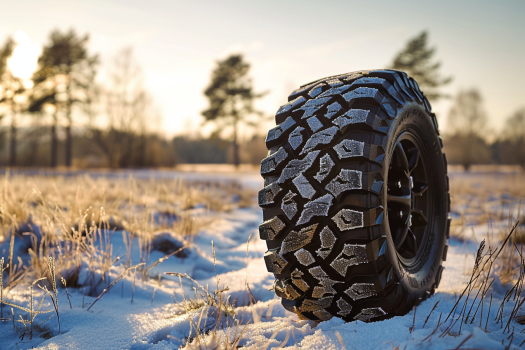
The Importance of Choosing the Right Tires
Why bother looking for the best tires? Here’s why: Selecting the appropriate tires for off-road use is not just a matter of preference but a crucial decision impacting safety, performance, and comfort. The right tires can significantly enhance your vehicle’s capabilities in various challenging conditions, including mud, sand, rocky terrain, and snow-covered paths.
Here’s why choosing the right tires is essential:
- Enhanced Safety: All-terrain tires are designed to provide better traction and grip on uneven surfaces, reducing the risk of accidents in off-road conditions.
- Improved Performance: With specialized tread patterns and robust construction, these tires can significantly improve your vehicle’s handling and stability on challenging terrains.
- Durability and Longevity: Off-road tires are built to withstand harsh conditions, ensuring they last longer despite their rugged use.
- Versatility: Unlike standard tires, all-terrain tires are designed to perform well in off-road and on-road conditions, making them a versatile choice for drivers who frequently switch between different driving environments.
- Fuel Efficiency: Modern all-terrain tires are engineered to minimize rolling resistance, which can help improve fuel efficiency, even when driving off-road.
What are All-Terrain Tires?
All-terrain tires are a hybrid between highway and off-road tires, which balance on-road comfort and off-road prowess. Their capabilities are broad, making them suitable for a variety of vehicles and purposes. Here are some of them:
- Tread Design: The tread patterns on all-terrain tires are unique, featuring wider gaps than standard tires for better grip in off-road conditions while still providing a smooth ride on paved roads.
- Reinforced Sidewalls: Many all-terrain tires have reinforced sidewalls that help support the vehicle’s weight and resist punctures when driving over rocks, branches, and other off-road hazards.
- All-Weather Performance: These tires are often designed to perform well in weather conditions, including wet and snowy environments, offering year-round usability.
- Noise Reduction: Despite their aggressive tread patterns, modern all-terrain tires are designed to minimize road noise, ensuring a comfortable drive even at higher highway speeds.
- Load Carrying Capacity: All-terrain tires are often rated for higher loads, which benefits vehicles carrying heavy equipment or towing trailers.
Evaluating All-Terrain Tires: What Makes the Best Stand Out?
For those who embrace the off-road lifestyle, the quality of all-terrain tires is a fundamental concern. This section of our comprehensive guide at Giga Tires delves into the critical aspects that set the best all-terrain tires apart. We will explore the key features, the importance of tire durability and longevity, and how these tires perform under various conditions.
Key Features to Consider
When evaluating all-terrain tires, several features are paramount in determining their suitability for off-road adventures:
- Tread Pattern: The tread design is crucial. Look for deep, aggressive treads that can provide grip in muddy and slippery conditions. However, the tread should also be designed to expel mud and stones to maintain traction.
- Rubber Compound: The tire’s rubber composition can impact its performance. A softer compound generally offers better grip but wears out faster. Conversely, a more complex compound lasts longer but might not provide the same level of traction.
- Sidewall Strength: The sidewalls should be strong enough to withstand punctures and tears, especially when driving over rough terrain. Reinforced sidewalls also contribute to better load-carrying capacity.
- Load and Speed Ratings: Ensure the tires can handle the weight of your vehicle and its cargo. Additionally, consider the tire’s speed rating, mainly if you use your car on and off the road.
- Tire Size and Fit: Select a tire size compatible with your vehicle. Larger tires may offer better off-road performance but can also affect fuel efficiency and on-road handling.
Tire Durability and Longevity
Durability is a critical factor in choosing all-terrain tires, as off-road driving can be particularly harsh on tires:
- Resistance to Damage: Look for tires that resist cuts, chips, and punctures. This is crucial for driving in rocky or rugged terrain.
- Tread Life: Consider the tire’s expected tread life. Longer-lasting tread means fewer replacements and better long-term value.
- Warranty: A good warranty can signal the manufacturer’s confidence in the tire’s durability. Look for warranties covering tread life and manufacturing defects.
Performance in Diverse Conditions
The best all-terrain tires must perform well in a variety of conditions, including:
- Wet and Slippery Surfaces: Tires should provide excellent traction in wet conditions, reducing the risk of hydroplaning.
- Snow and Ice: If you’re driving in snowy areas, consider tires with a snowflake symbol, indicating they’re certified for winter use.
- Rocky Terrain: Tires should have strong sidewalls and tread patterns designed to grip rocky surfaces.
- Mud: Mud-terrain tires offer deeper treads for better performance in mud but may be noisier and less comfortable on roads.
- On-Road Performance: While off-road performance is critical, pay attention to how the tires handle pavement, mainly if you use your vehicle for daily commuting.
Top All-Terrain Tires of the Year
Several all-terrain tires have stood out this year for their exceptional performance, durability, and value. They have consistently led the market with their high-quality all-terrain tires and have established a reputation for reliability, performance, and innovation in tire technology.
Here at Giga Tires, we’ve compiled a comprehensive overview of the top all-terrain tires, considering leading brands and models, detailed reviews and comparisons, and an analysis of price versus performance. Some of the standout models this year include:
- BFGoodrich All-Terrain T/A KO2: Known for its rugged durability, this tire is a popular choice for off-road enthusiasts. It offers excellent traction in various conditions, from rocky terrain to muddy paths.
- Goodyear Wrangler All-Terrain Adventure: This tire is praised for its versatility and durability. It is robustly constructed and offers a comfortable ride on highways.
- Michelin LTX A/T2: This model is ideal for balancing off-road adventures and highway driving. It offers a quieter ride without compromising on off-road capabilities.
- Cooper Discoverer AT3: This model is renowned for its all-weather performance, providing reliable traction in dry and wet conditions.
Detailed Reviews and Comparisons
To provide a clearer picture, let’s delve into some detailed reviews and comparisons:
- BFGoodrich All-Terrain T/A KO2: It excels in durability and off-road performance, especially in rocky terrain. However, it may be slightly noisier on highways.
- Goodyear Wrangler All-Terrain Adventure: This tire is a great all-rounder, balancing off-road capability and on-road manners. It’s also praised for its puncture-resistant technology.
- Michelin LTX A/T2 stands out for its long tread life and fuel efficiency. While it performs admirably off-road, it’s particularly suited for regular highway use.
- Cooper Discoverer AT3: This model offers excellent performance in wet conditions and is known for its responsive handling. It’s a more budget-friendly option without significant quality compromises.
Price vs. Performance Analysis
When evaluating all-terrain tires, the balance between price and performance is crucial:
- High-End Options: Tires like the BFGoodrich All-Terrain T/A KO2 may be more expensive. However, they offer superior durability and off-road performance, making them a worthwhile investment for serious off-roaders.
- Mid-Range Choices: The Goodyear Wrangler All-Terrain Adventure and the Michelin LTX A/T2 fall into this category. They offer an outstanding balance of price and performance, suitable for those who want reliable off-road capabilities without breaking the bank.
- Budget-Friendly Options: The Cooper Discoverer AT3 represents a more affordable option. While it may not match the high-end tires in extreme conditions, it offers commendable performance and value for most off-road enthusiasts.
Maintenance and Care for All-Terrain Tires
Proper maintenance and care are essential for maximizing the performance and extending the lifespan of all-terrain tires. At Giga Tires, we emphasize the importance of regular maintenance and safety measures to ensure that your tires remain in top condition, providing reliable performance and safety on off-road trails and paved roads. To extend the life of your all-terrain tires, consider the following tips:
- Regular Inspection: Inspect your tires for signs of wear and tear, such as cuts, cracks, or bulges. Early detection of these issues can prevent further damage and extend tire life.
- Proper Inflation: Always inflate your tires to the manufacturer’s recommended pressure. Under-inflated tires can lead to poor handling and increased wear, while over-inflation can make tires more susceptible to damage from rough terrain.
- Rotation Schedule: Rotate your tires regularly to ensure even wear. For most vehicles, tire rotation is recommended every 5,000 to 8,000 miles.
- Balancing and Alignment: Have your tires balanced and your vehicle’s alignment checked periodically. This helps prevent uneven wear and improves vehicle handling.
- Avoid Overloading: Stay within the load capacity recommended for your tires. Overloading can cause excessive heat buildup and may lead to tire failure.
- Driving Habits: Practice good driving habits. Avoid rapid acceleration, hard braking, and sharp turns, which can cause unnecessary stress and accelerated tire wear.
Safety Measures and Regular Check-Ups
Adhering to safety measures and conducting regular check-ups are crucial for maintaining the integrity and performance of your all-terrain tires:
- Tread Depth Check: Monitor the tread depth regularly. Tires should be replaced when the tread depth reaches 2/32 of an inch. Deep treads are vital for off-road traction.
- Seasonal Checks: Be aware of how different seasons affect your tires. For instance, tire pressure can vary with temperature changes, requiring more frequent checks in extreme weather conditions.
- Professional Inspections: While personal checks are essential, inspecting your tires periodically can help identify issues that might be missed otherwise.
- Emergency Kit: Always carry an emergency kit that includes a spare tire, jack, and tire-changing tools. Being prepared for a flat tire is particularly important for off-road driving.
Buying Guide: Making the Right Choice for Your Vehicle
So, it’s not just about knowing the best overall all-terrain tires. Knowing what tires work best for you and your vehicle is vital.
At Giga Tires, we understand that making the right tire choice can be daunting. Now, we’ll help you navigate the process, focusing on understanding your vehicle’s needs and balancing budget with quality.
Understanding Your Vehicle’s Needs
The first step in choosing the right tire is understanding your vehicle’s needs. Different vehicles and driving styles require different types of tires. Here are vital factors to consider:
- Vehicle Type: The make and model of your vehicle will largely dictate the type of tire you need. A heavy SUV, for instance, will require different tires than a compact car.
- Driving Conditions: Consider the typical driving conditions you encounter. Do you drive mostly on highways, city streets, or off-road trails? Each environment demands different tire characteristics.
- Weather Conditions: If you live in a region with harsh winters, you might need tires specifically designed for snow and ice. Conversely, tires designed for wet and dry conditions are more appropriate in warmer climates.
- Performance Requirements: Consider whether you prioritize fuel efficiency, comfort, or handling. Some tires are designed to offer a smoother ride, while others focus on improved handling and responsiveness.
Balancing Budget and Quality
While budget is an important consideration, it should not be the only factor in your decision-making process. Here’s how to balance budget with quality:
- Long-Term Value vs. Initial Cost: Cheaper tires may save you money upfront but could cost more in the long run due to shorter lifespan or poorer fuel efficiency. Consider the total cost of ownership, including how often the tires will need to be replaced.
- Quality and Safety: High-quality tires can offer better safety features, such as improved grip and shorter braking distances. Don’t compromise on safety for the sake of saving a few dollars.
- Warranties and Guarantees: Look for tires with a warranty or guarantee. This can provide peace of mind and protect your investment.
- Read Reviews and Ratings: Utilize customer reviews and professional ratings to gauge the performance and durability of the tires within your budget range.
- Expert Advice: Don’t hesitate to seek advice from tire professionals. They can provide valuable insights and recommendations based on your needs and budget.
Conclusion
When selecting tires, consider not just immediate needs but also long-term performance and safety. Durability, tread pattern, load capacity, and the tire’s adaptability to various weather conditions are key factors that should influence your choice. Remember, a tire is not just a part of your vehicle; it is an integral component that ensures safety, efficiency, and comfort in your driving experience.
We also recommend regular tire maintenance to extend the lifespan of your tires and ensure optimal performance. This includes routine checks for wear and tear, maintaining proper tire pressure, and getting professional inspections when necessary.
Transition to Giga Tires
Now that you know how to choose the right tires, Giga Tires is here to assist you in making that choice a reality. Our extensive collection caters to a wide range of vehicles and driving preferences. With a user-friendly website and a comprehensive selection of tires, finding the perfect match for your car has never been easier.
At Giga Tires, we are committed to providing high-quality products, competitive pricing, and exceptional customer service. Whether you’re an off-road enthusiast, a daily commuter, or somewhere in between, our expert team is ready to help you find the best tires.
Embark on your next journey with confidence and the assurance that Giga Tires has you covered. Click the link above to explore our selection and take the first step towards a safer, more efficient, and enjoyable driving experience.
FAQS
Q1: How often should I replace my tires?
The need to replace tires depends on several factors, including driving habits, tire type, and road conditions. Generally, tires should be inspected regularly and replaced every six years or sooner if the tread depth is less than 2/32 of an inch.
Q2: Can I mix and match different tire brands or types on my vehicle?
Generally, it is recommended that all wheel positions use the same type and brand of tires for balanced handling and stability. Mixing different types can lead to uneven wear and potentially hazardous driving conditions.
Q3: How do I know what tire size to buy for my vehicle?
The correct tire size for your vehicle can be found in your owner’s manual or on a placard in the driver’s side door jamb. Sticking to the manufacturer’s recommended tire size is essential for optimal performance and safety.
Q4: Do I need winter tires, or are all-season tires sufficient?
This depends on your local weather conditions. Winter tires are safer if you frequently face heavy snow and icy conditions due to their specialized tread patterns and rubber compounds designed for cold weather.
Q5: How can I improve the lifespan of my tires?
Regular maintenance is critical. This includes inflating tires, rotating them every 5,000 to 8,000 miles, and ensuring your vehicle’s alignment is correct. Avoiding harsh driving habits can also prolong tire life.
Q6: What’s the difference between all-season and all-terrain tires?
All-season tires are designed for a smooth, quiet ride with good fuel efficiency in various weather conditions. On the other hand, all-terrain tires are built for rugged durability and enhanced traction in off-road conditions while still providing adequate performance on paved roads.
Q7: How do I check if my tires are properly inflated?
Use a tire pressure gauge to check the tire pressure when the tires are cold (not driven on for at least three hours). Inflate them according to the recommended pressure level in your vehicle’s owner’s manual or the tire placard.
Q8: Are more expensive tires always better?
Not necessarily. While premium tires often offer advanced technology and performance benefits, many mid-range tires provide excellent value and performance for everyday use. It’s essential to consider your specific driving needs and budget.

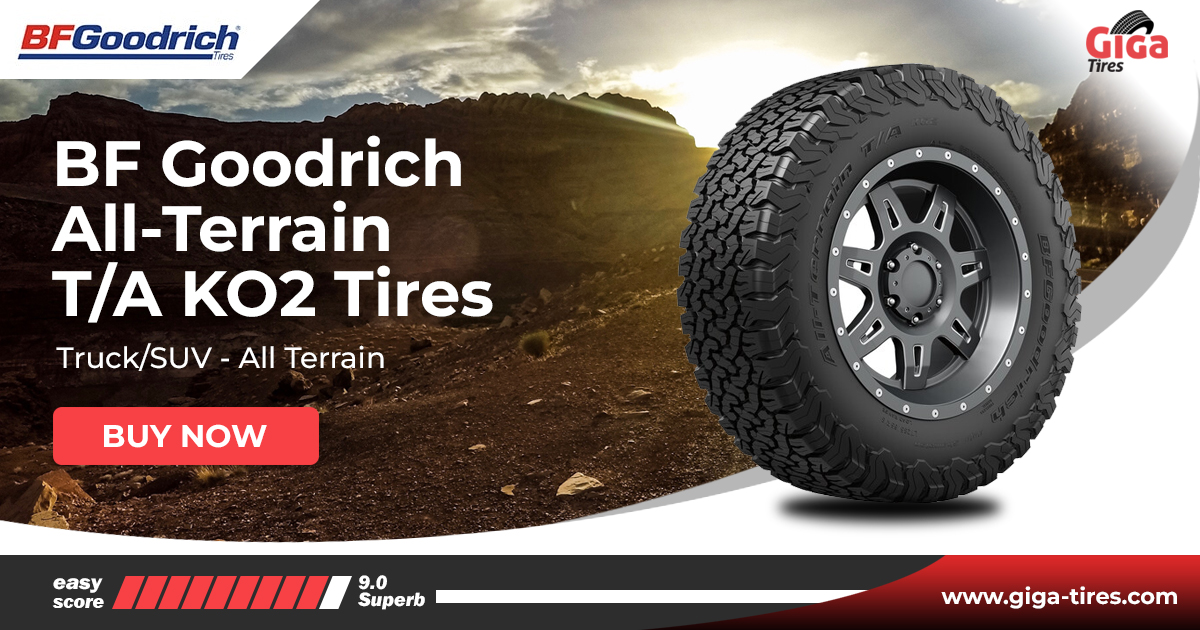
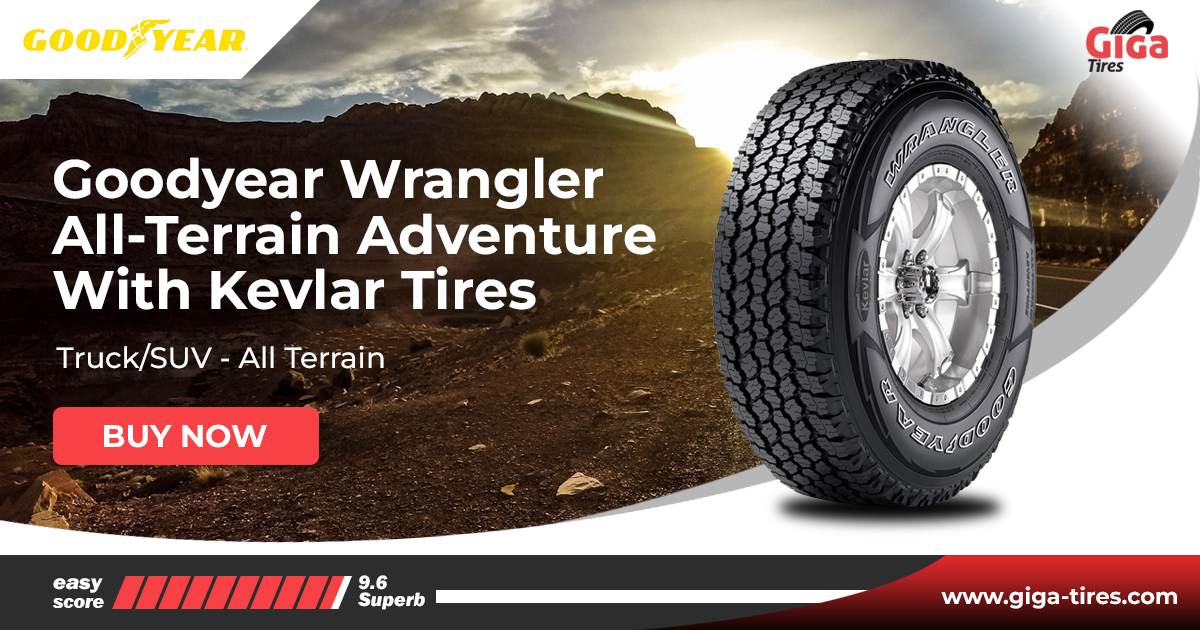
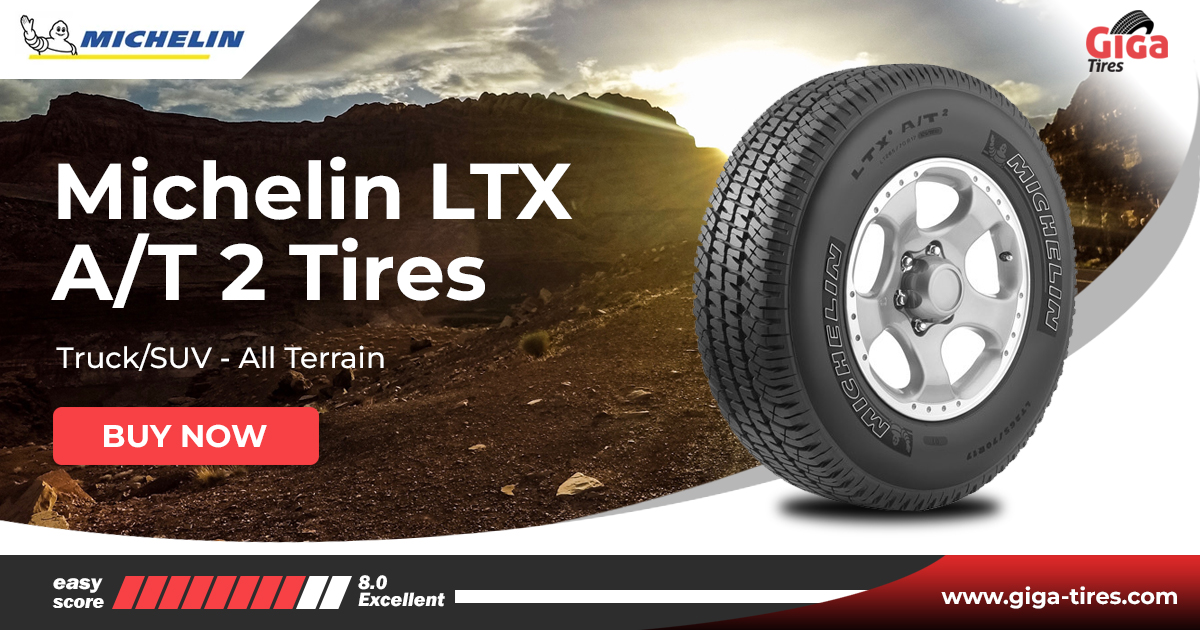
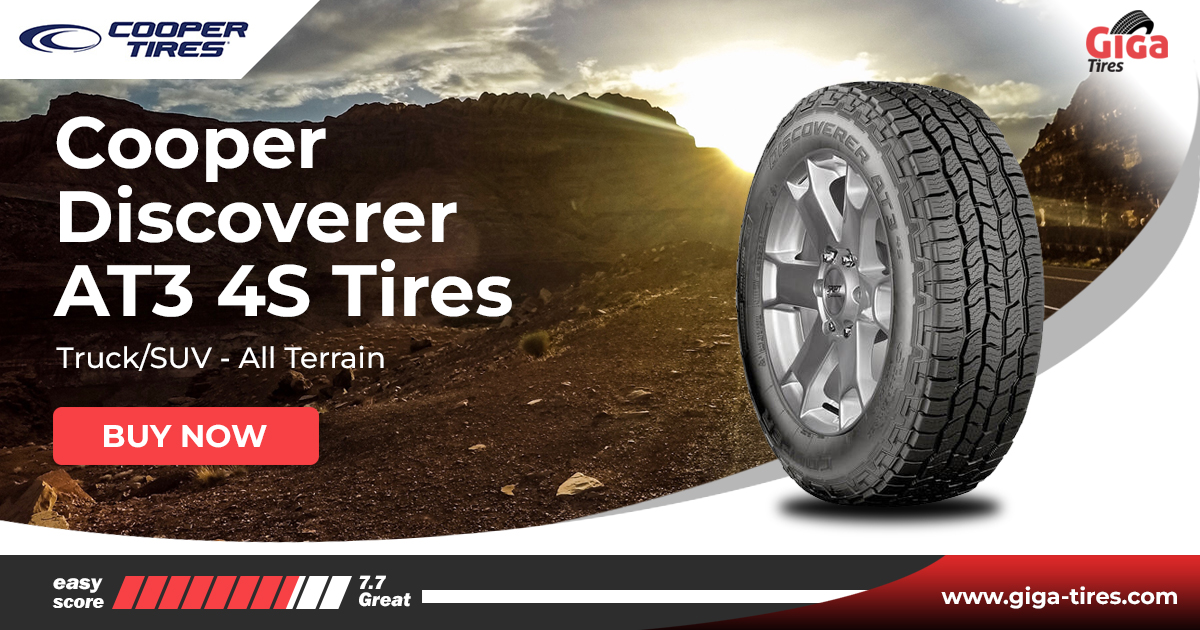

 Français
Français Español
Español